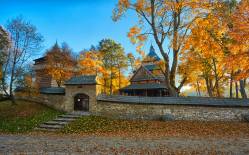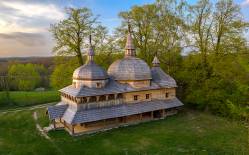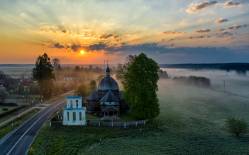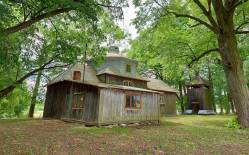The first tserkva in Szczutków existed as early as the 1500s, when the Ruthenian parish was established. The next one was built in 1671. The present tserkva of St. Demetrius was erected in 1904, at the same location.
In June 1915 the building was damaged during wartime operations. Since the time the Greek Catholic population was resettled from here in 1947, it has been used as a filial Roman Catholic church of St. Lawrence, part of the parish of the Epiphany of Our Lord in Łukawiec. Restoration works were carried out in 1947 and then in 1990–1991. On this occasion new window frames were installed, the boarding and roof guttering were changed, and the porch was built.
The log building, oriented eastward, has a cross-shaped floor plan. The square nave on the northern and southern sides is adjoined by annexes, both enclosed with semi-hexagonal walls. The chancel, also with semi-hexagonal eastern wall, adjoins two sacristies. A small porch leads to the narthex. The log walls of the main chambers are of the same height. Over the three parts there are false roof lanterns.
The old furnishings which have been preserved include an altar with a canopy in the chancel, architectural side altars dedicated to St. Nicholas and the Holy Mother, from the 1800s, and to St. Lawrence, from the 1600s. There is also a painting of St. Lawrence (17th/18th century), the present patron of the church, brought here in 1951 from the Piarist church of St. Mark in Waręż (Variazh, Ukraine) by those resettled to Poland during the so-called “adjustment of the borders”.
Next to the church we can see a wooden belfry, which is a post-and-beam structure, built before 1825; it was remodelled or restored in 1895, 1903 and 2010.
In the vicinity there is a cemetery with beautiful Brusno-style crosses.
In 1956 large deposits of natural gas were discovered near Szczutków. On 15 March 1963, a spontaneous explosion of gas formed a crater on the Lubaczówka river; it produced a column of fire reaching a height of 30 metres. The gas burned for a few months before it was eventually extinguished. Exploitation of the gas deposits continues to this day.
Photos: Krystian Kłysewicz, Alicja Mróz - from the collection of Museum of the Eastern Borderland in Lubaczów
Gallery
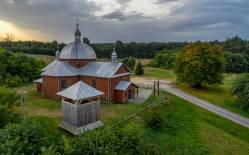
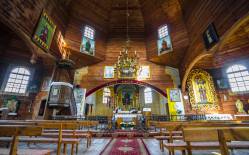
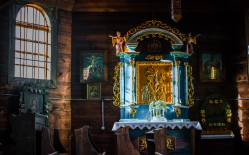
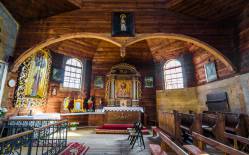
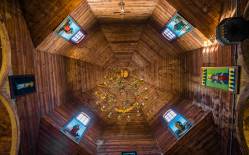
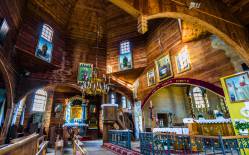
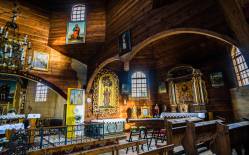
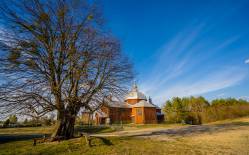
Recommended venues on the Trail



This website has been modernized with the financial support of the European Union under the Cross-Border Cooperation Programme Poland-Belarus-Ukraine 2014-2020. The responsibility for its content lies solely with the Podkarpackie Regional Tourism Board and cannot, in any case, be treated as a reflection of the position of the European Union, the Managing Authority, or the Joint Technical Secretariat of the Cross-Border Cooperation Programme Poland-Belarus-Ukraine 2014-2020.










